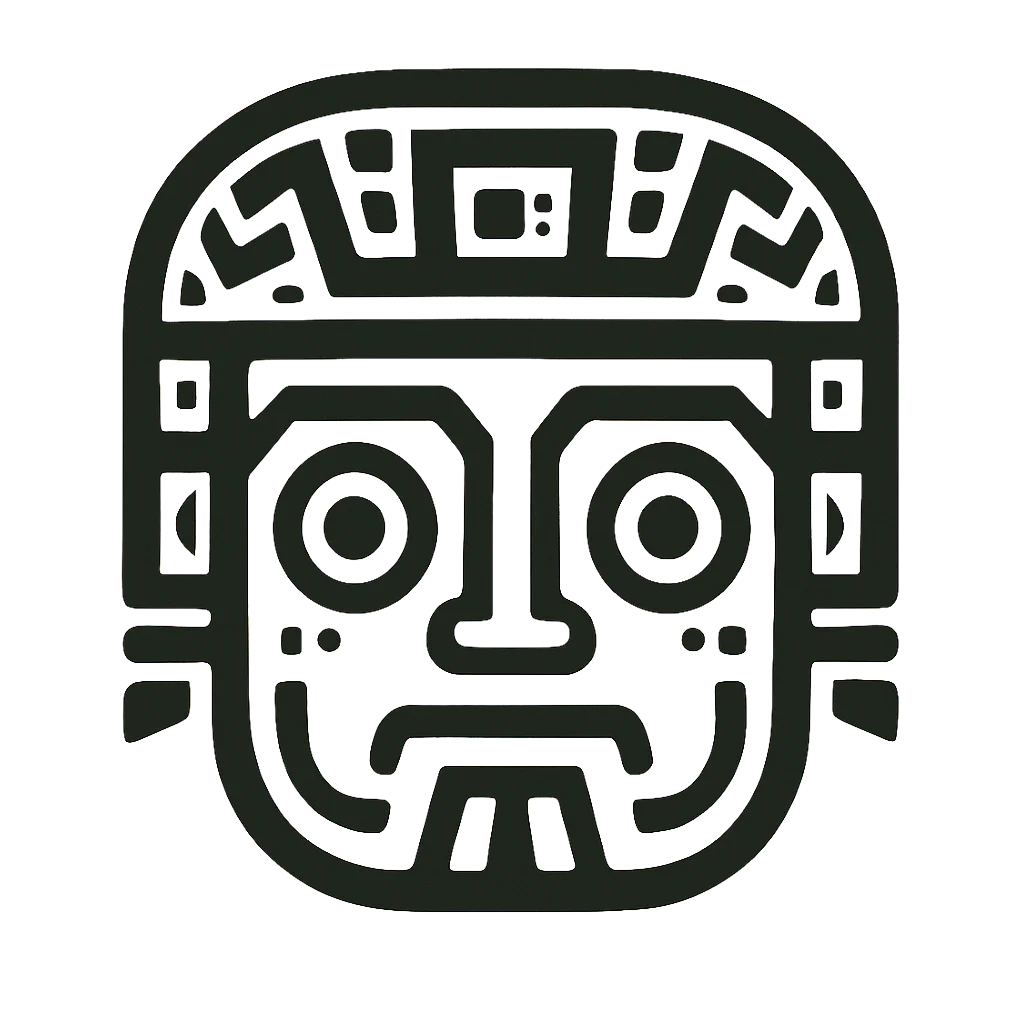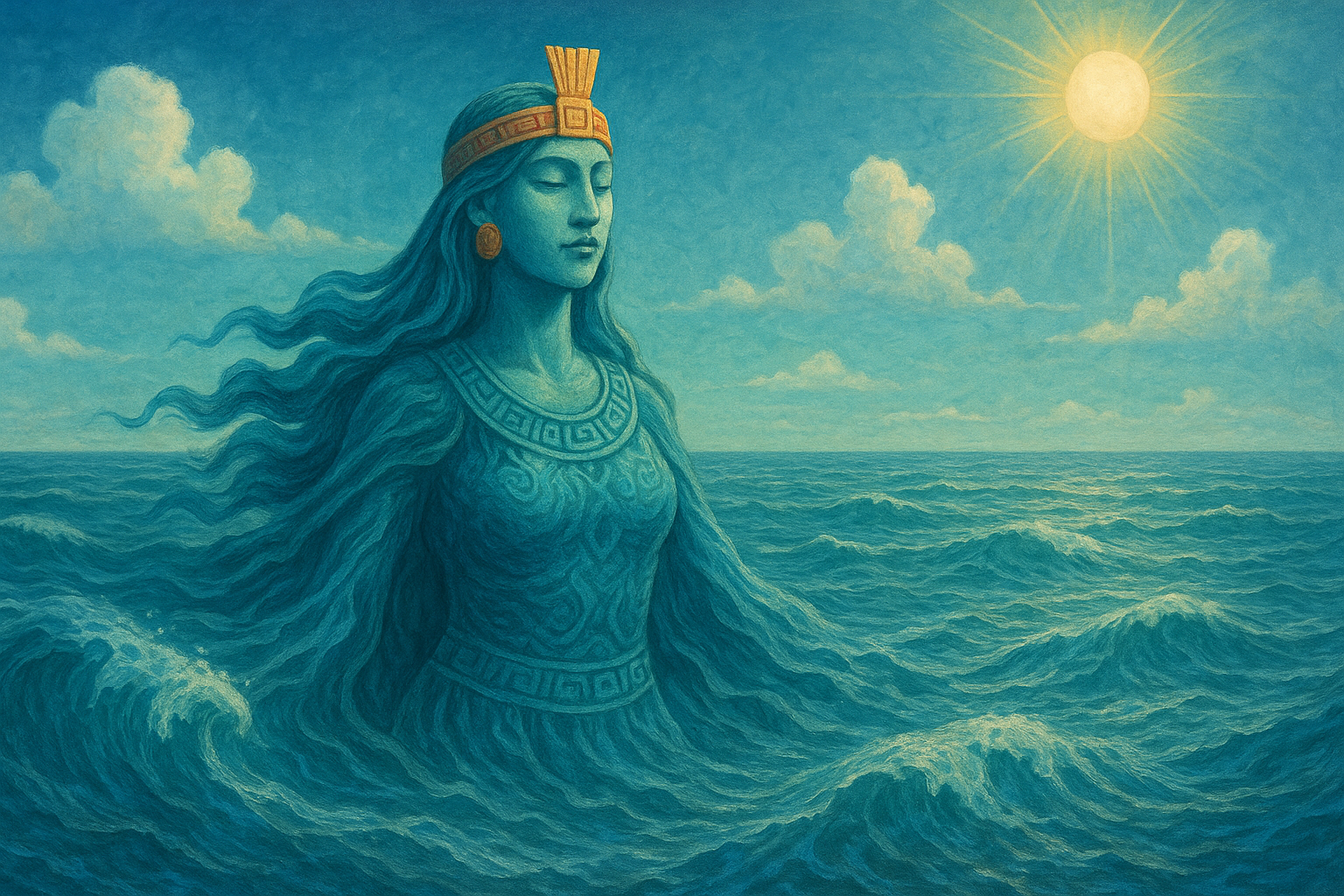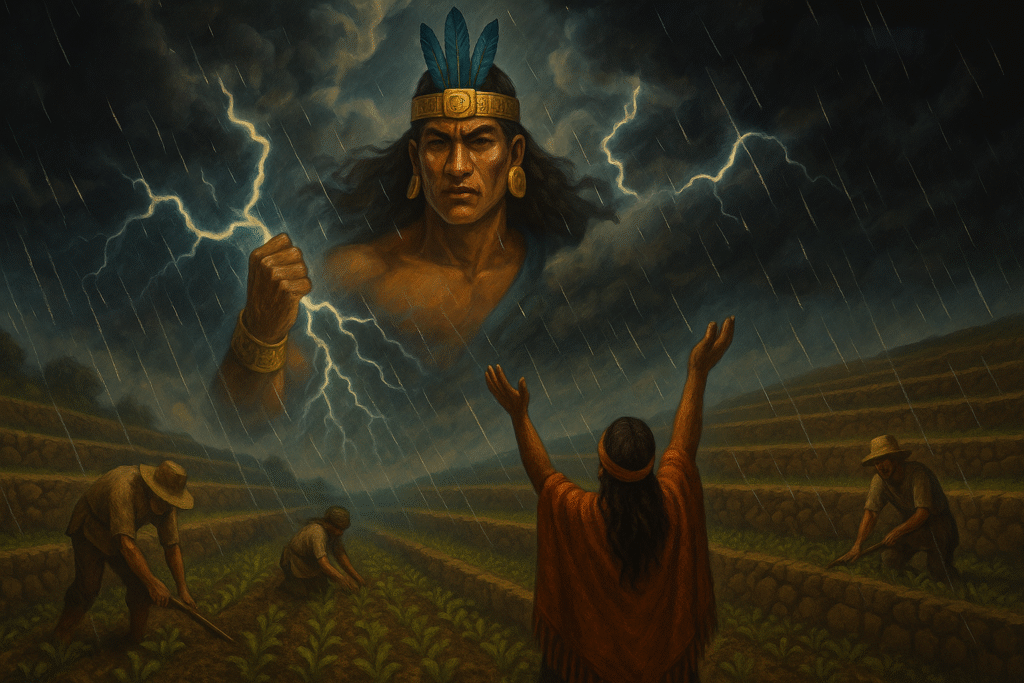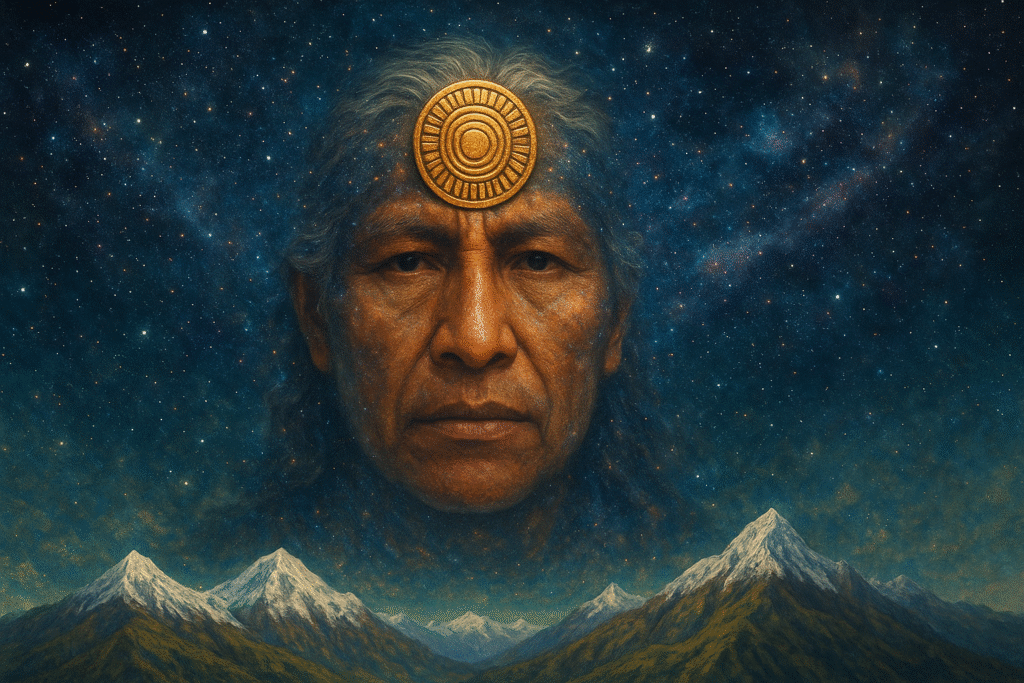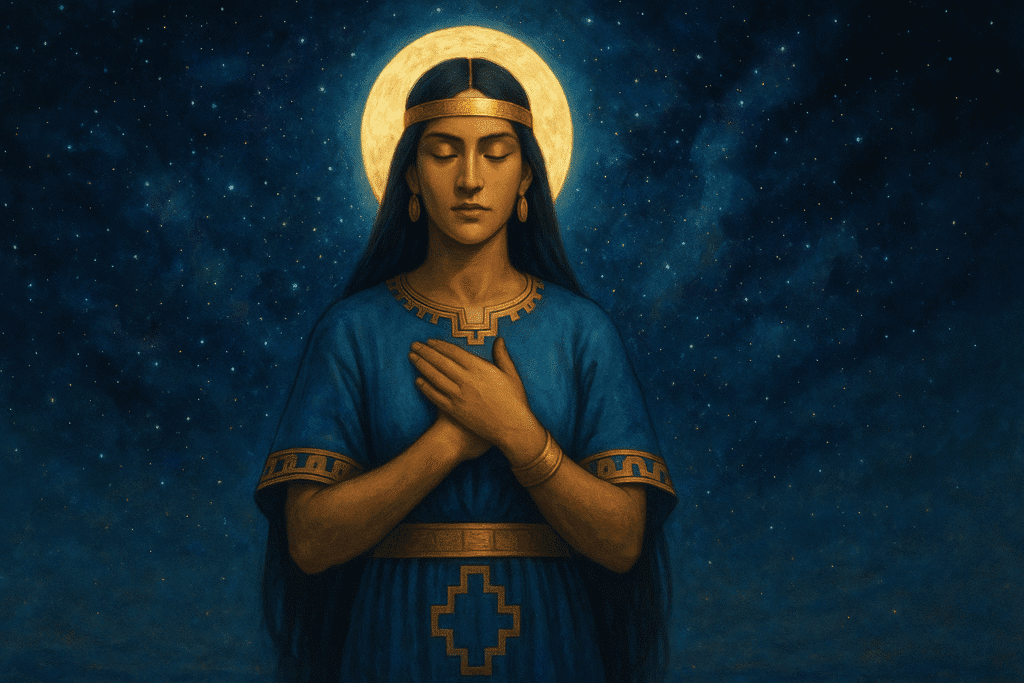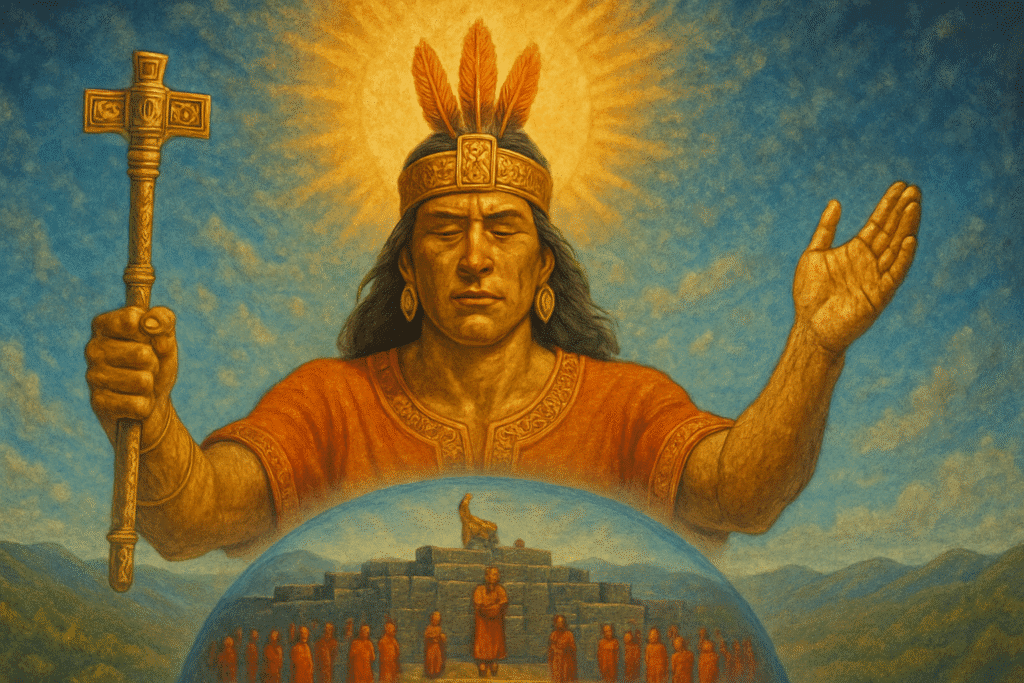Since ancient times, water has been essential to life in the Andes. Among the region's sacred lakes, mighty rivers, and immense sea, Andean peoples recognized Mama Cocha as the mother of waters, the protector of fishermen, and the guarantor of agricultural fertility.
She reflects the Incas' deep relationship with water, which they saw as the origin, sustenance, and cosmic force.
🌊 Who is Mama Cocha?
In Inca mythology, Mama Cocha was the goddess of the seas, lakes, rivers, and springs. She played a vital role in nourishing the earth with rain and irrigation, providing fishermen with abundant catches, and ensuring the connection between worlds.
She was especially revered by coastal peoples, who asked her for protection against storms and shipwrecks. In the highlands, however, she was associated with sacred lakes, such as Lake Titicaca, which was considered the source of the Incas.
📜 Etymology and meaning of Mama Cocha
The name comes from Quechua:
- Mama or Mamay: Quechua word meaning “mother.”
- Qocha or Cocha: lake, lagoon or body of water.
One possible translation is "Mother of the Lake" or "Mother of the Waters", but the concept expanded to include all bodies of water, such as the ocean.
🧬 Mythical Origin of Mama Cocha
🔸 Wife of the Creator God
According to Inca tradition, Mama Cocha is the wife of WiracochaTogether, they represent the balance between order and fertility. She is the mother of Dios Inti and Mama Quilla.
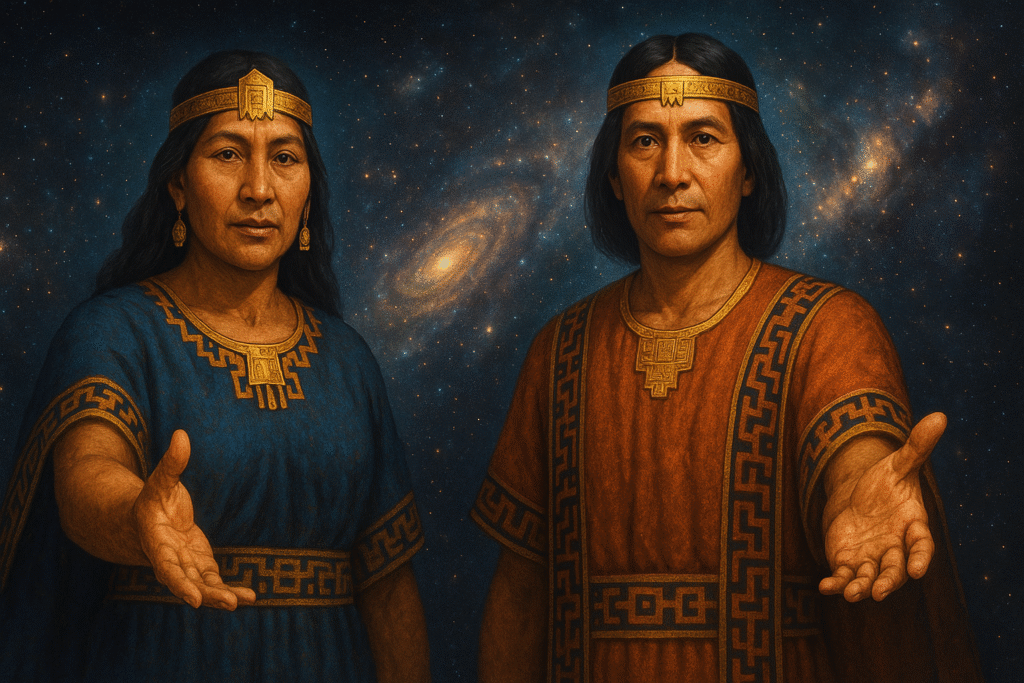
🔸 Deity Confusion
She is often confused with Urpi Huachac, the goddess who created fish and birds, and who is most closely associated with Pachacamac.
🔖 Myths associated
🔹 Link with the Inca origin
In the myth of Manco Capac and Mama Ocllo, it is said that Mama Cocha lent her aquatic womb so that they could both emerge from lago Titicacaand give rise to the Inca civilization. This reinforces her role as a cosmic matrix and protector of the sacred lineage.
🌘The Lunar Trinity
This is a concept in which the union of three deities represented the three spaces where the moon exercised its power:
- Mama Quilla the moon, guides the rhythms of the night, eclipses, and tides. She is the guardian of silver, which is considered her "tear."
- Pachamama , or Mother Earth, provides sustenance and fertility on Earth. She receives the energy created by the moon and transforms it into harvest and life.
- Mama Cocha is the goddess of water and all things feminine. Influenced by the moon, she is the creator of the tides and has an impact on marine life.
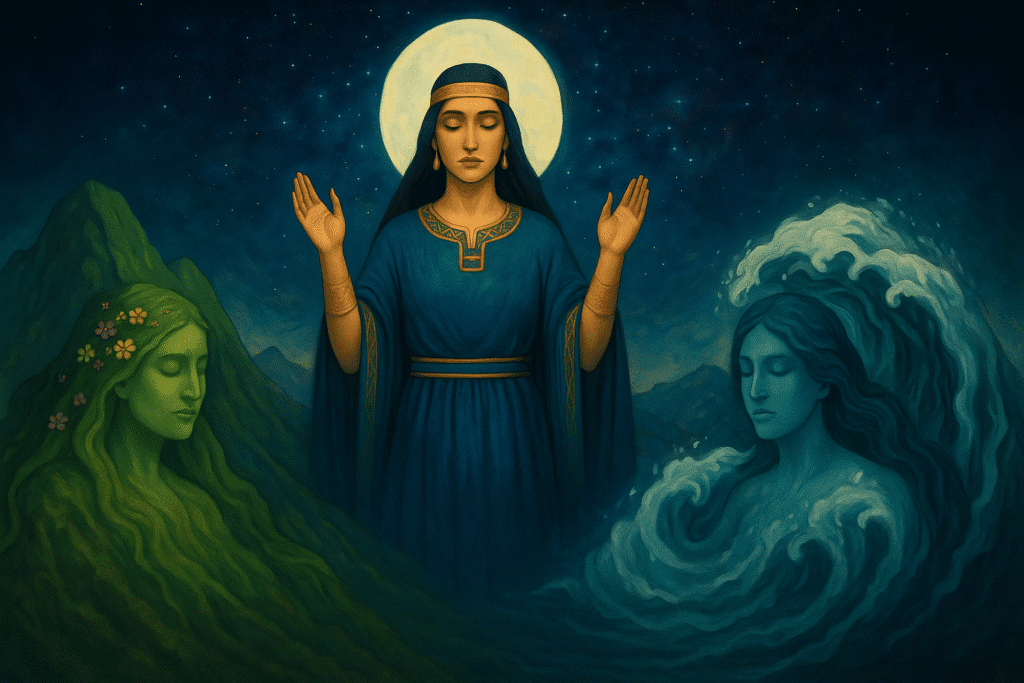
✨ Conclusion
Mama Cocha is a mythical figure who is understood as the personification of primordial waters. She is linked to both the sea and Lake Titicaca. In the official worldview, she is the wife or consort of Viracocha and the protector of riverside communities and farmers.
